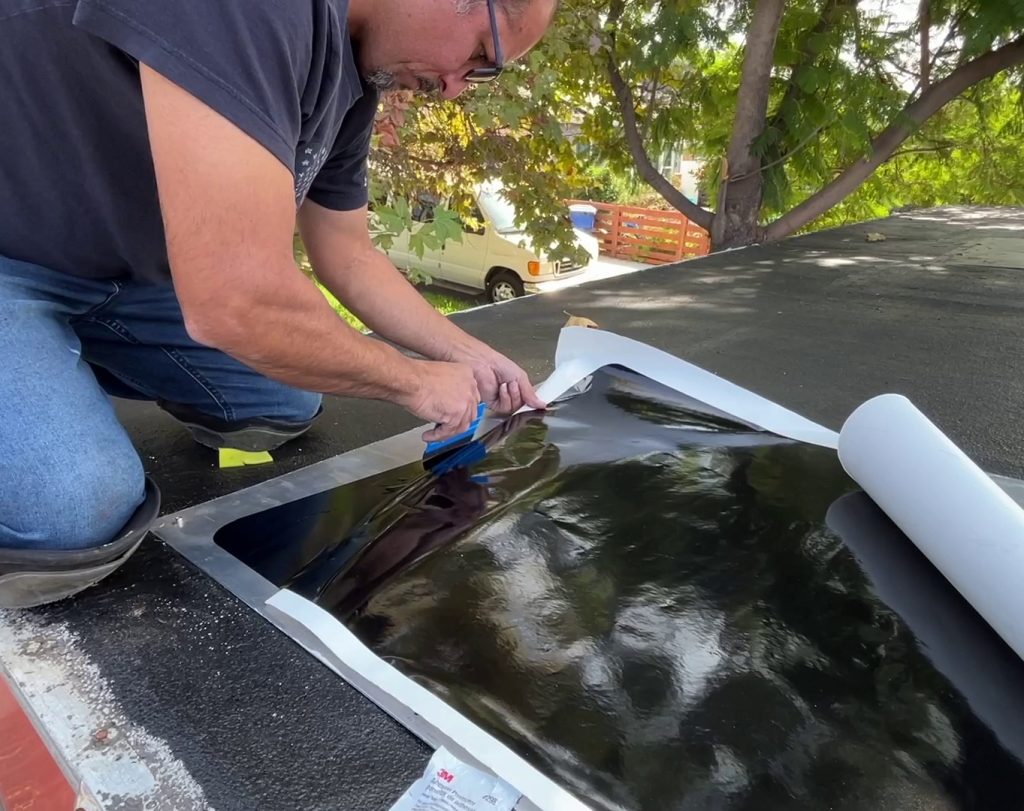You spend a lot of time in your car hauler during racing season. Having reliable electric power is not a luxury—it’s essential to run lights, cordless tools, winches, and keep your phones and laptops charged.
Hot Rod Magazine Senior Editor and Fox Mustang fan KJ Jones has a 28-foot enclosed race trail in need of a rehab. That included a complete electrical system replacement. He decided to go with a combination of 110 Vac household and 12-volt power. The 110 system is run off a generator and powers five outlets and two LED lights. The 12-volt system uses two batteries—one to run a winch and the electric trailer tongue jack and the other to power two power outlets and an LED shop light. This setup provides lighting and a working power outlet in case the generator conks out.
Instead of using a conventional solar panel to gather the Sun’s rays for the 12-volt system, KJ got innovative and installed a Cascadia 4×4 VSS Solar Panel Kit. Designed for trucks and SUVs, the Cascadia kits feature a flat solar panel that mounts on the vehicle’s hood. The panel collects solar energy and feeds it to the vehicle’s 12-volt battery during sunny periods to keep it topped up. That means the battery is always charged and ready to power lights, winches, power inverters, and other 12-volt accessories without the need to run the engine or worry about draining the battery.
KJ used a Cascadia VSS panel kit designed for a 1998-2007 Toyota Land Cruiser or Lexus LS470. It provides up to 100 peak watts and five amps of output current, more than sufficient for the trailer’s power needs. The 30-inch tall by 38-inch wide panel mounts on the trailer’s roof with the power cables running through a hole in the trailer’s front panel.
KJ made an installation video that shows the installation of the Cascadia 4×4 VSS Solar Panel Kit and how the trailer’s electrical system is set up. You can also set the rest of his trailer rebuild on KJ’s Instagram feed—just look for the ‘Operation Like New Trailer’ posts. Watch the video and see if a Cascadia solar panel setup might be just the ticket for your race car hauler.






Comments